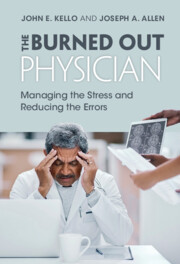Introduction: About 3-8% of fractures are missed in the adult emergency department (ED). No study has examined this in a pediatric ED. Such data is essential to quality improvement. We sought to determine the proportion of missed fractures on x-rays in a pediatric ED, the location of missed fractures and associated factors, and if missed fractures were clinically significant. Methods: We did a retrospective cohort study from Jan 1 to Dec 31, 2013 of 1000 pediatric patients with a fracture on x-ray in our academic pediatric ED. We randomly reviewed radiologist reports to find new fractures. A fracture was missed if identified by the radiologist but not the ED physician. Data was collected on patient, fracture, department and physician characteristics and change in management or complications. Descriptive statistics were used for clinical characteristics. The proportion of missed fractures was computed using the Wilson score method. Factors associated with missed fractures were investigated using chi-squared test. Results: Of 1000 x-rays, 19.4% (95% CI 17.0-22.0%) had at least one fracture missed. However, when possible fractures were removed for further analysis, 13.9% (95% CI 11.7-16.5%) were missed. The bones most associated with missed fractures were pelvis (60%,) carpal (50%,) vertebra (42.9%,) and patella (33.3%) (p<0.001.) However, these accounted for only 12.5% of missed fractures whereas ulna (31.3%,) metatarsal (14.1%,) phalynx of the hand (9.4%,) and fibula (7.8%) accounted for the greatest number of missed fractures. The fracture types most associated with a missed fracture were styloid, Salter-Harris IV, Salter-Harris I, compression, avulsion and buckle (p<0.001.) The presence of multiple fractures was associated with missed fractures (35.0% vs 7.2%, p<0.001) as was older age (11.2 vs 9.5 years, p=0.001). Most missed fractures were not clinically significant (71.9%) but some required splinting or limitation of activities. One had decreased function at 2 months. Conclusion: Overall, the proportion of missed fractures is higher than in adults, stressing difficulties with reading pediatric x-rays. Most missed fractures were not of clinical significance. Carpal, patella, vertebra and pelvis fractures were particularly challenging but were also rare. Ulna, metatarsal, phalynx of the hand and fibula accounted for the greatest number of missed fractures. More education may help improve physician skills in recognizing these fractures.
